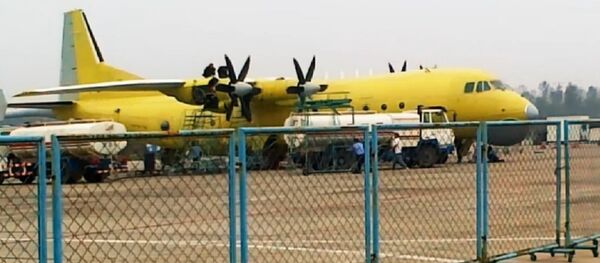The Chinese government has ramped up defense spending in recent years, particularly on its navy, which has commissioned its first aircraft carrier and is adding to its submarine and surface fleets.
But according to the latest issue of Kanwa Defence Review, a Canada-based defense and weapons technology publication, a meeting of Chinese military officials recently deemed the country’s air force to be a "strategic force" – a title previously reserved for the Second Artillery Corps, the country's de facto strategic missile force.
Officers at the meeting reportedly urged the Chinese air force to prioritize the development of a long-range strategic bomber – an aircraft that can carry more than 10 metric tons of air-to-ground weaponry and fly at least 5,000 miles without refueling.
The meeting agreed that a long-range strategic bomber would enable the air force to attack farther out into the Pacific Ocean, as far as the "second island chain," Agence France-Presse reported.
Chinese military strategists identify two island chains as forming a geographic basis for China's maritime defensive perimeter.
While the precise boundaries of these chains have never been officially defined, the "first island chain" refers to the arc stretching from Japan to Taiwan, which includes numerous US military bases on the Japanese island of Okinawa.
The second chain refers to islands farther east in the Pacific, including the Marianas, the Carolines, and the US territory of Guam, home to Andersen Air Force Base. A third "island chain" encompassing Hawaii is also sometimes mentioned, AFP reported.
The ability to strike the second island chain would deter foreign militaries from intervening in an emergency or conflict, Chinese military officials decided at the meeting.
Chinese defense technology magazine Aerospace Knowledge said in a series of articles last month that China needs a long-range stealth bomber.
"A medium-range bomber can't essentially fix the PLA air force's shortcomings in terms of strategic strike and strategic deterrence," the magazine reported. "Thus the air force does need an intercontinental strategic bomber capable of penetrating an enemy's air defenses."
But the publication's deputy editor-in-chief, Wang Yanan, said such an aircraft would require "a state-of-the-art structure and aerodynamic configuration as well as a high-performance turbofan engine."
"All of these are major problems facing the Chinese aviation industry," he added. "I don't think these difficulties can be resolved within a short period of time."




